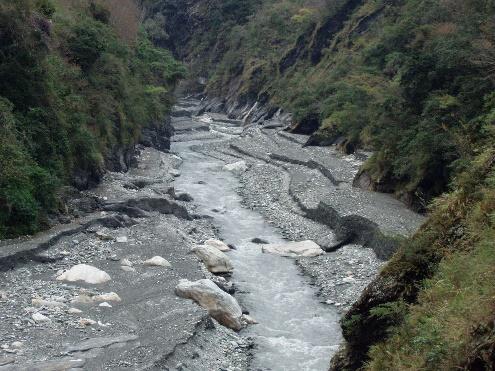Low-temperature thermochronometry with radiogenic 4He and fission tracks
Over geologic time, radioactive decay of uranium and thorium in minerals such as apatite (calcium phosphate) and zircon (zirconium silicate) produces measurable amounts of helium. A closure age can be calculated by separately measuring the parent and daughter nuclide abundances in mass spectrometers. Because He is retained in minerals only up to a certain temperature (about 70 °C in apatite), the (U-Th)/He clock tells us when a rock now at the Earth's surface cooled below this “closure temperature” in the subsurface. This allows us to study, for example, how quickly mountains are uplifted and eroded.
By measuring the ratio of radiogenic 4He over neutron-induced 3He, it is also possible to derive the 4He diffusion profile in single grains and use this to decipher the thermal history of rocks with even greater detail resolving the temperatures at system closure and at the earth surface.
Contact
- Location location_onNW D 76.1
- Phone phone+41 44 632 89 07
- Fax print+41 44 632 11 79
- web_asset Detail page
Inst. für Geochemie und Petrologie
Clausiusstrasse 25
8092
Zürich
Switzerland

